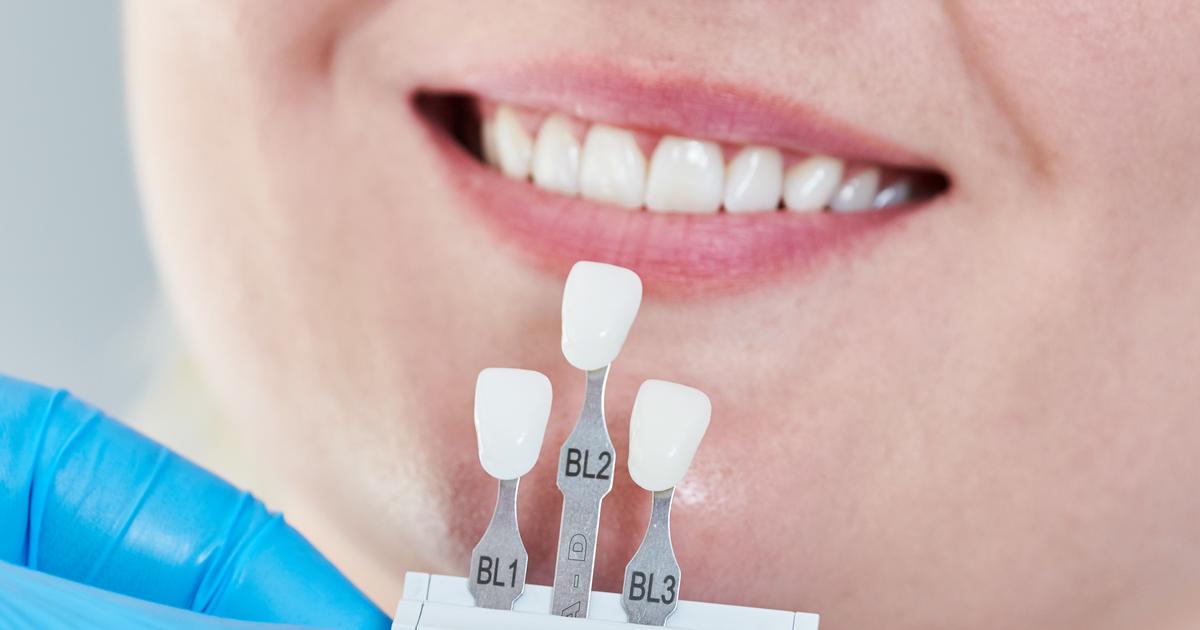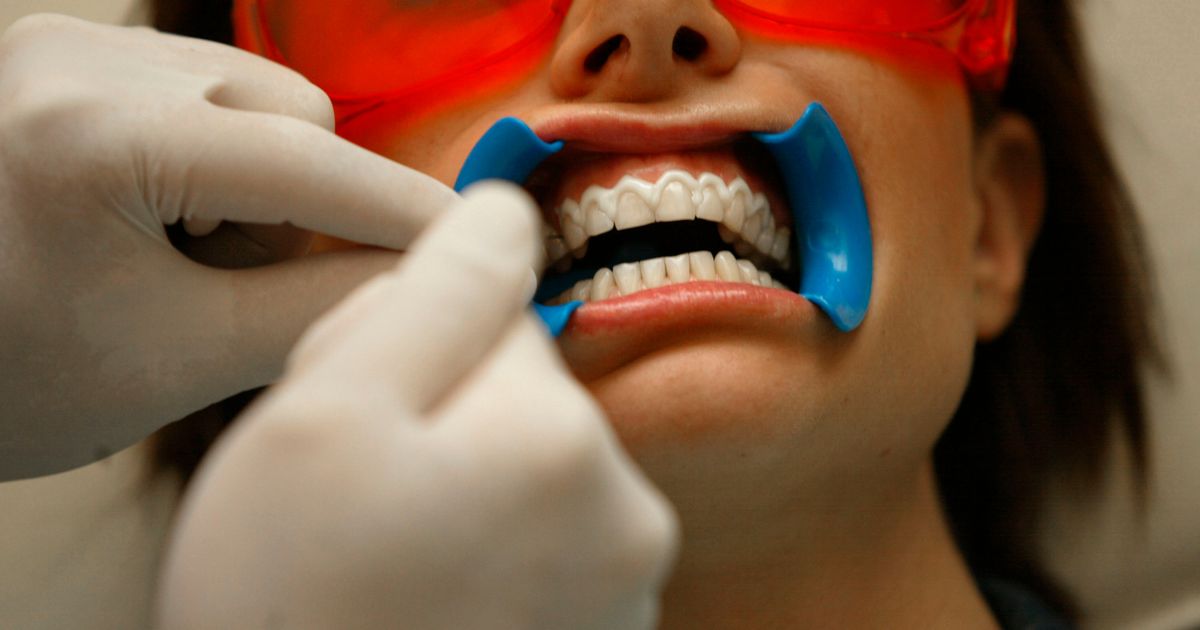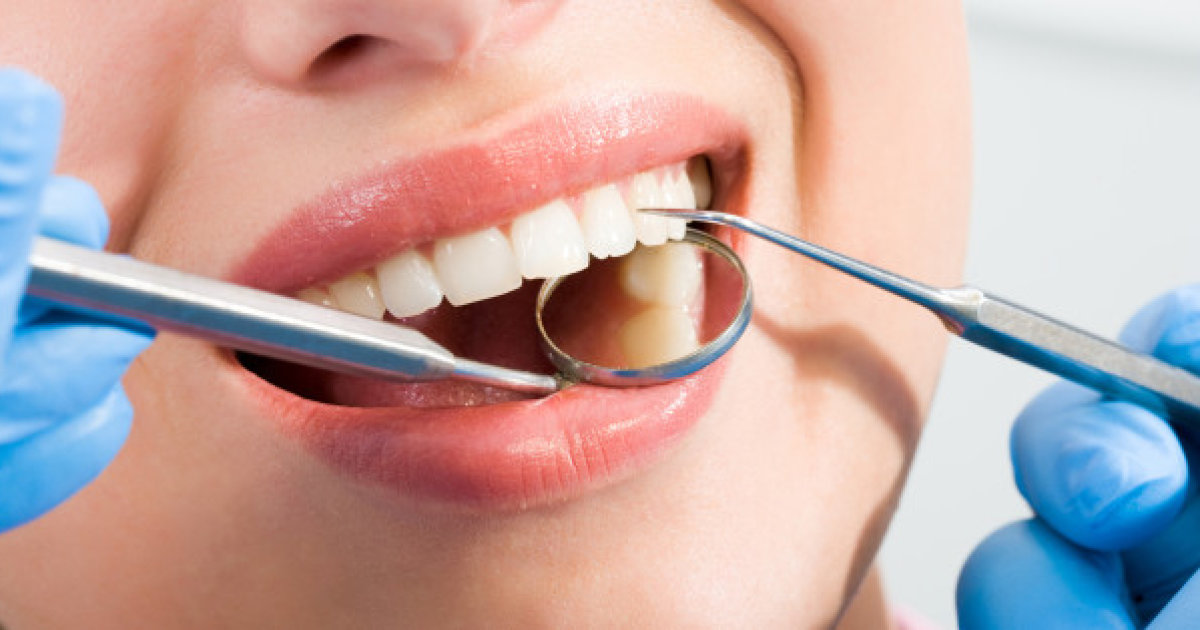How To Treat Enamel Hypoplasia
Enamel hypoplasia is a condition that affects developing teeth. The enamel is the strong protective outer surface of the teeth. Made up mainly of minerals, enamel is the part of teeth that makes them white. While teeth are still forming beneath the gums, the enamel may not form properly. Underdeveloped or thin enamel is called enamel hypoplasia. Because teeth do not always develop at the same rate, only a portion of one or more teeth may be affected. Enamel hypoplasia can be identified by teet discoloration, grooves in the surface, or white lines or spots on the surface of the teeth. In some cases where the enamel is seriously weakened, teeth may appear brown. Although enamel cannot grow back once it is lost, there are certain steps patients can take to strengthen their enamel and make their teeth look better.
Enamel Microabrasion

The dentist can use a combination of mechanical and chemical means to even out discoloration in the teeth. With enamel microabrasion, the discolored parts of each tooth are corrected to match the surrounding teeth. The dentist will use a tool to remove just a small portion of the affected enamel to even out the coloring. If white spots are removed, this may be all that is needed. However, in some cases, the dentist will also use a special paste that may help in the remineralization of the tooth enamel. Additionally, a patient's dental care provider may wish to use a process that fills and strengthens enamel that is very thin and weak.
Read more about the various options for effectively treating enamel hypoplasia now.
Dental Whitening From A Professional

Some patients may become so frustrated with light and dark spots on their visible teeth that they are tempted to use at-home whitening products. What many may not know is these products contain ingredients that may not be very effective but can actually be extremely damaging to even healthy enamel. Using these products on weakened enamel can cause damage, which can lead to the development of cavities. This is why it is always best to seek out dental whitening from a professional. A dentist can determine the products best for a patient's teeth that are both gentle and effective.
Get more details on the different methods on the table for treating enamel hypoplasia now.
Options For Fillings

Patients with enamel hypoplasia are at an increased risk of developing cavities. There are several options for fillings patients can discuss with their dental care provider. Traditional amalgam fillings are made with a special combination of various metals that are both strong and durable, especially on chewing surfaces. Amalgam fillings are strong, but they have an obvious silver color, as gold fillings are distinct as well. Tooth-colored fillings are definitely more attractive and made with a composite resin that can be tinted to closely match the color of an individual's natural teeth. Additionally, composite resin can be used on tooth surfaces to add strength and cover some discolorations.
Continue reading for more information on how to treat enamel hypoplasia now.
Dental Crowns

If any of a patient's teeth are damaged and require very large fillings or a root canal, dental crowns might be a good option. Crowns cover the entire tooth, adding strength and protection while preserving the tooth's structural integrity. A crown can give the appearance of a completely healthy tooth. Patients can still chew, speak, and do all of the things they could with their natural tooth, but with additional protection that was not being provided by damaged tooth enamel due to enamel hypoplasia. It is important to note much of the tooth surface must be removed before having a crown placed, so this treatment is best reserved for teeth that might otherwise be lost without it.
Discover more options for treating enamel hypoplasia to great success now.
Proper Dental Hygiene

Perhaps the most important thing patients can do if they suffer from enamel hypoplasia is to take good care of their teeth at home on a daily basis. Caring for weakened enamel is more of a preventative measure, but is simpler than just about any type of treatment out there. Proper dental hygiene means brushing teeth as directed by a dentist, typically twice a day, with a soft-bristled toothbrush that will keep teeth free of enamel-eroding plaque without irritating the gums. Individuals should choose a toothpaste with fluoride in it, though sometimes dentists may recommend using a special toothpaste that aids in the remineralization of some of the tooth surfaces. Although patients cannot necessarily reverse enamel hypoplasia, they can keep their teeth as strong as possible with the right care.